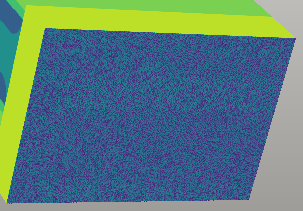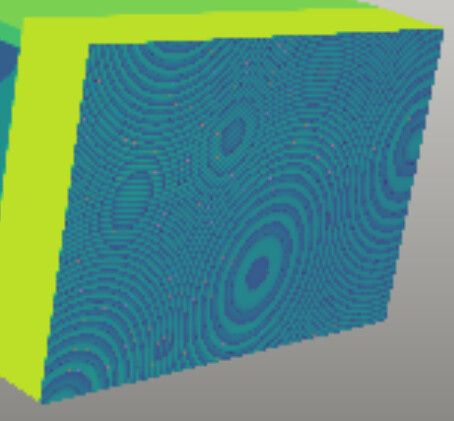Hi @Kenneth_Moreland, really appreciate about the clarification!
I knew this trick you mentioned, but in my use case, there somehow exists some noises in the boundary and this trick will make it even more obvious. (I thought these noises come from this trick, but today I realize the noise is already there before I apply this trick.)

This layer should be completely transparent, but it somehow still consumes the color from other layers. Do you have any idea about where these noises come from?
[Update]
Volume rendering mode in the previous image is set as GPU Based.
In Ray Cast Only, the noises look different.

And nothing shows in OSPRay Based, it also happens (nothing shows) when I check Enable Ray Tracing. But I think it is supported with volume rendering now according to Ray tracing with volume rendering - ParaView Support - ParaView.